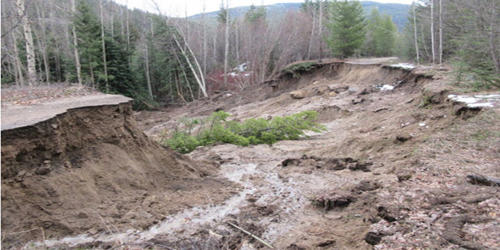Materials that are challenging to map can include complex structures, such as certain types of alloys, composites, or unconventional materials with unique properties. Materials scientists used a new technique to map the structural features of a 2D ferroelectric material composed of tin and selenium atoms, which can be applied to other 2D van der Waals ferroelectrics, thereby unlocking their potential for use in electronics and other applications.
The properties that make materials like semiconductors so desirable are caused by the way their atoms are connected, and understanding these atomic configurations can help scientists design new materials or use existing materials in unexpected ways.
Yimo Han, a materials scientist at Rice University, and colleagues mapped out the structural features of a 2D ferroelectric material composed of tin and selenium atoms, demonstrating how domains (areas of the material in which molecules are identically oriented) influence the material’s behavior.
Ferroelectric materials are widely used in applications such as memories and sensors, and they will likely become increasingly useful for building next-generation nanoelectronics and in-memory computing.
Chuqiao Shi
“Ferroelectric materials are widely used in applications such as memories and sensors, and they will likely become increasingly useful for building next-generation nanoelectronics and in-memory computing,” said Chuqiao Shi, a Rice graduate student in the Han lab and the study’s lead author. “That’s because 2D ferroelectric materials have remarkable properties and are characterized by their atomic thinness and enhanced integration capabilities.”
Molecules in ferroelectric materials are polarized, and they also segregate and align according to polarization. Furthermore, 2D ferroelectrics change shape in response to electrical stimuli, which is referred to as flexoelectricity. Molecules self-organize into patches or domains in the tin-selenium crystal under study, and the flexoelectric effect causes these to move, causing structural shifts in the material that affect its properties and behavior.
“It’s really important that we understand the intricate relationship between atomic structure and electric polarization, which is a critical feature in ferroelectric materials,” said Han, an assistant professor of materials science and nanoengineering. “This domain-dependent structure can be very useful for engineers to figure out how to best use the material and rely on its properties to design applications.”

Unlike in conventional ferroelectrics, where atoms are bound by a rigid lattice, the forces that bind the atoms together are weaker in the tin-selenite crystal studied by Han and Shi, giving the atomic lattice a more supple and pliant quality.
“The material belongs to a special class of 2D materials known as van der Waals ferroelectrics, whose properties could serve to design next-generation, ultra-thin data storage devices and sensors,” Shi said in a press release. “Van der Waals forces are weaker than chemical bonds; they enable geckos to defy gravity and climb walls.”
“The soft in-plane lattices of this 2D material coupled with relatively weaker interlayer van der Waals forces give rise to a unique structural landscape. These distinctive structural features generate effects exclusive to 2D ferroelectrics that are absent in their bulk counterparts.”
The greater degree of flexibility or freedom of the atomic lattice in 2D van der Waals ferroelectrics makes mapping out the relationship between polarization and material structure more difficult.
“In our study, we developed a new technique that allows us to look at both in-plane strain and out-of-plane stacking order simultaneously, which is something conventional investigations of this material were unable to do previously,” says Han. “Our findings are set to revolutionize domain engineering in 2D van der Waals ferroelectrics and position them as fundamental building blocks in the development of advanced devices for the future,” he said.
















